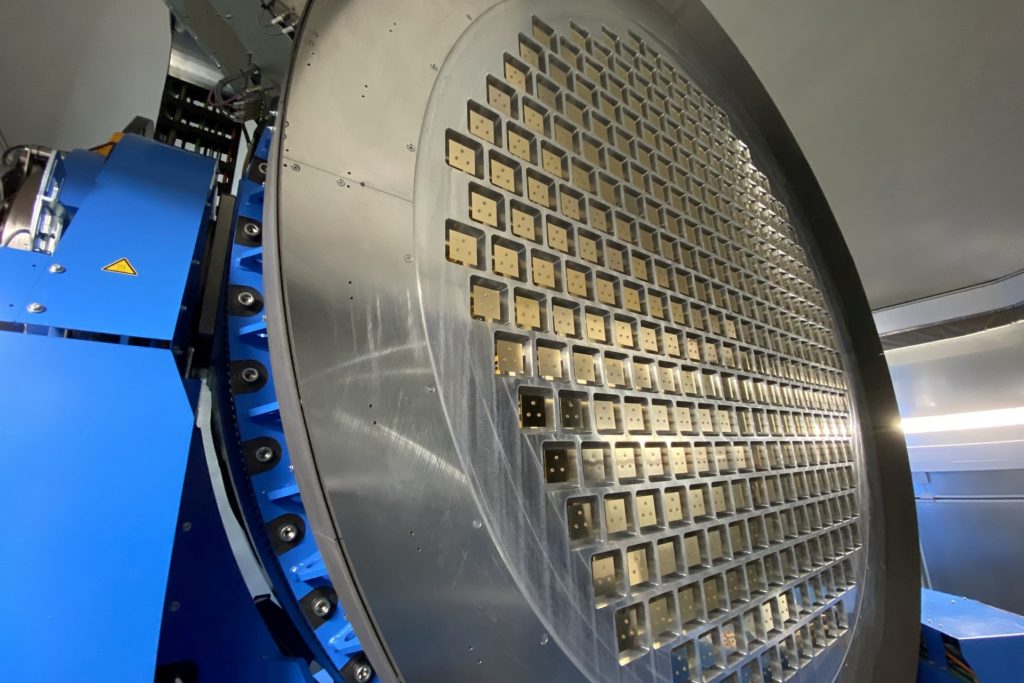German ‘radar eye’ makes satellites safer
Activity in space continues to increase. Several thousand satellites, spacecraft and other objects orbit Earth at altitudes of between 300 and 3000 kilometres. In addition to inactive satellites and the upper stages of rockets that are left behind here after missions, there are hundreds of thousands of smaller pieces of debris. Satellites and other space infrastructure such as the International Space Station ISS need to be continuously monitored to avoid collisions. Active objects can engage in evasive manoeuvres, while inactive space debris such as non-functional satellite parts or the remains of launch vehicles, pose a threat.
The German Experimental Space Surveillance and Tracking Radar (GESTRA) system can monitor objects in low-Earth orbit around the clock. The complex radar system is unique in its design. Consisting of transmit and receive systems that are housed in two separate containers, it can be transported to different locations. The antenna consists of 256 individual, electronically controlled transmit/receive modules. Any object that passes across GESTRA’s field of view will be detected. The object is then tracked and its size, speed and trajectory recorded. GESTRA is Germany’s first space radar system. It was developed and constructed over a period of five years by the Fraunhofer Institute for High Frequency Physics and Radar Techniques (FHR) in Wachtberg, near Bonn, on behalf of the German Space Agency at DLR and with funding from the Federal Ministry for Economic Affairs and Climate Action (BMWK). Operation of GESTRA is financed by the German Federal Ministry of Defence (BMVg).
In October 2020, GESTRA was installed at its operating location at Schmidtenhöhe near Koblenz. The data from the German experimental radar are processed at the German Space Situational Awareness Centre (GSSAC) in Uedem (Lower Rhine), which is jointly operated by the German Space Agency at DLR and the German Air Force. On 27 November 2019, GESTRA received its first signals from objects in Earth orbit during tests at FHR in Wachtberg.
Links:
German Aerospace Center (DLR)
Dr. Gerald Braun · Email Gerald.Braun@dlr.de
